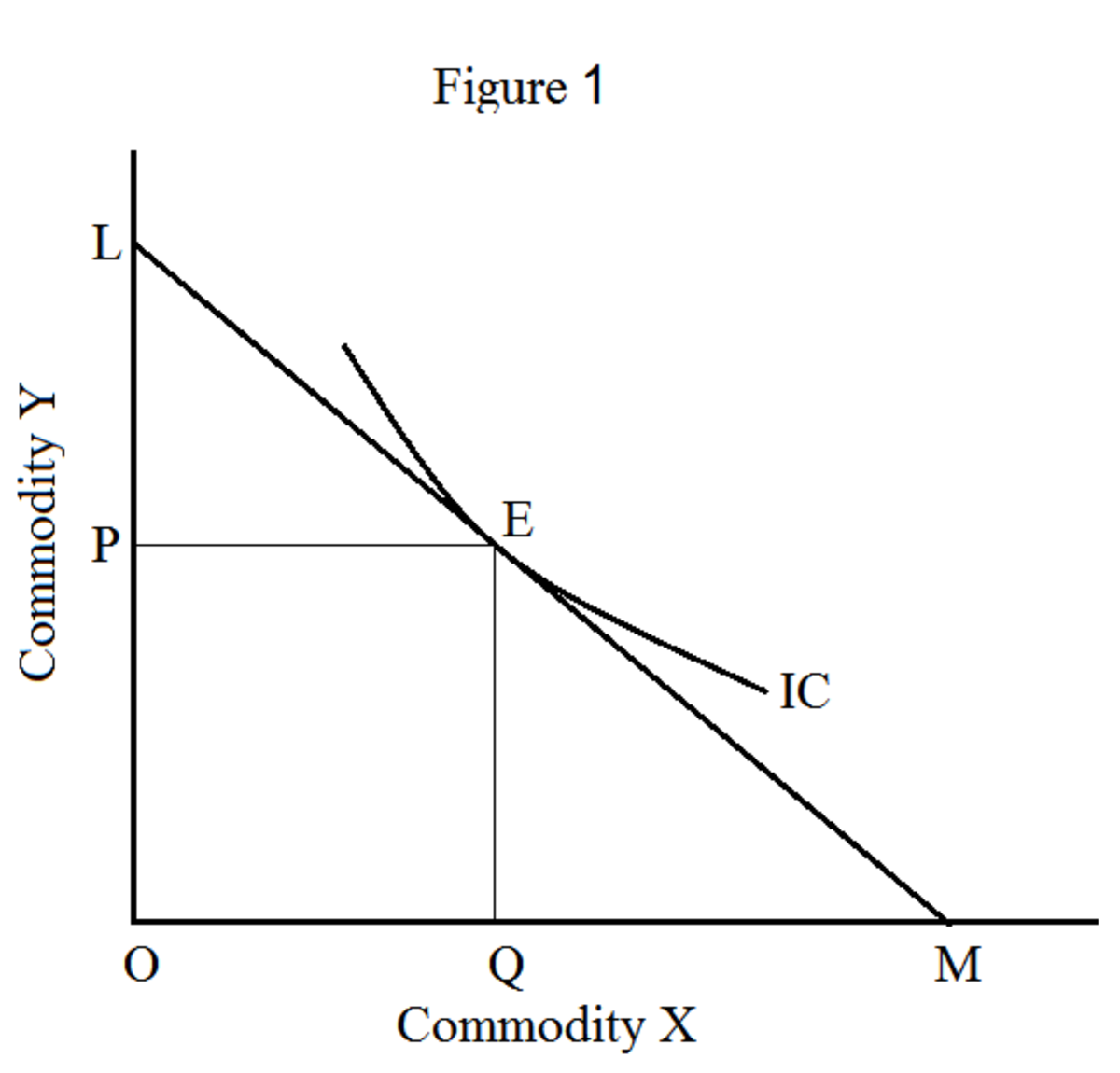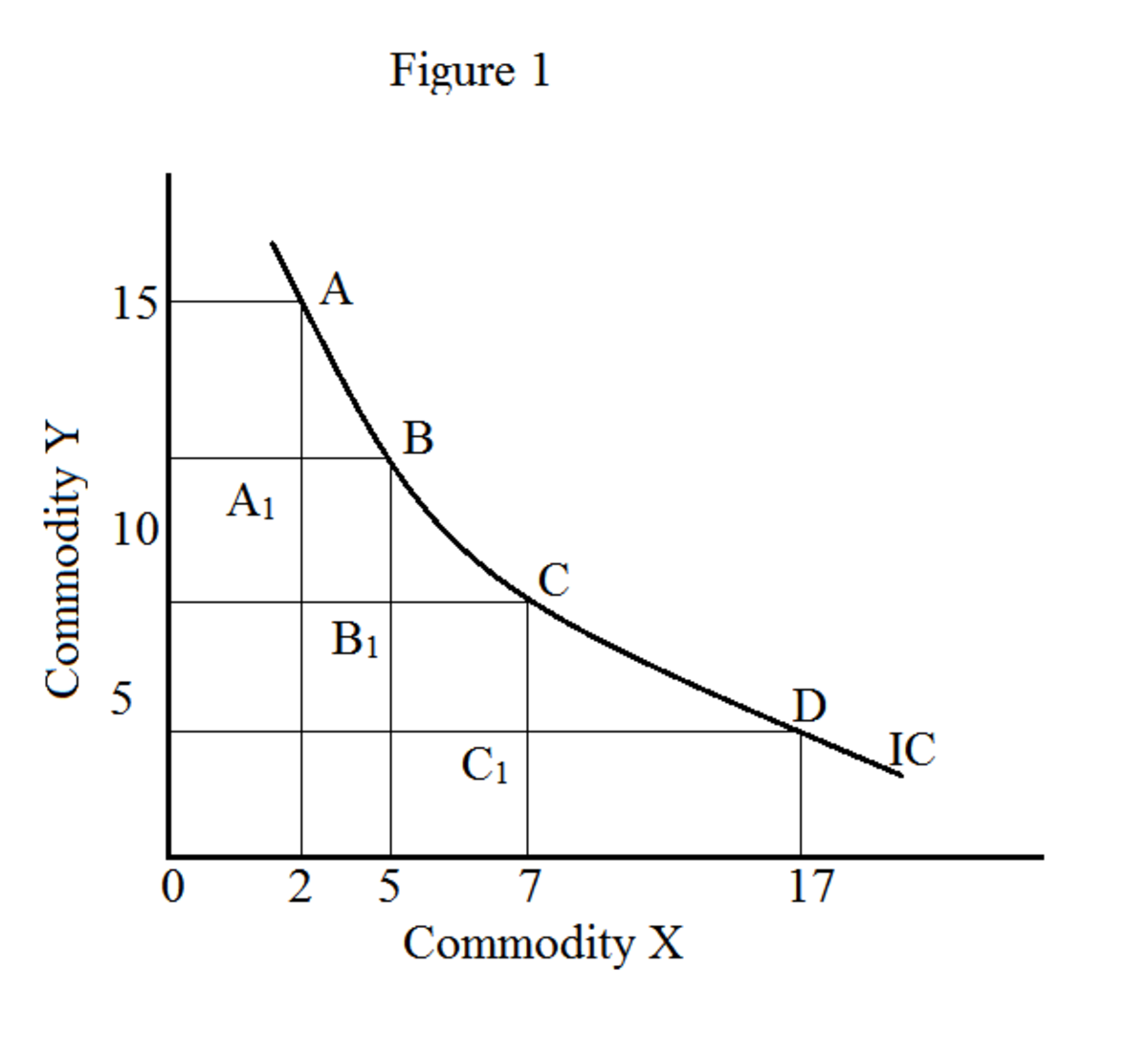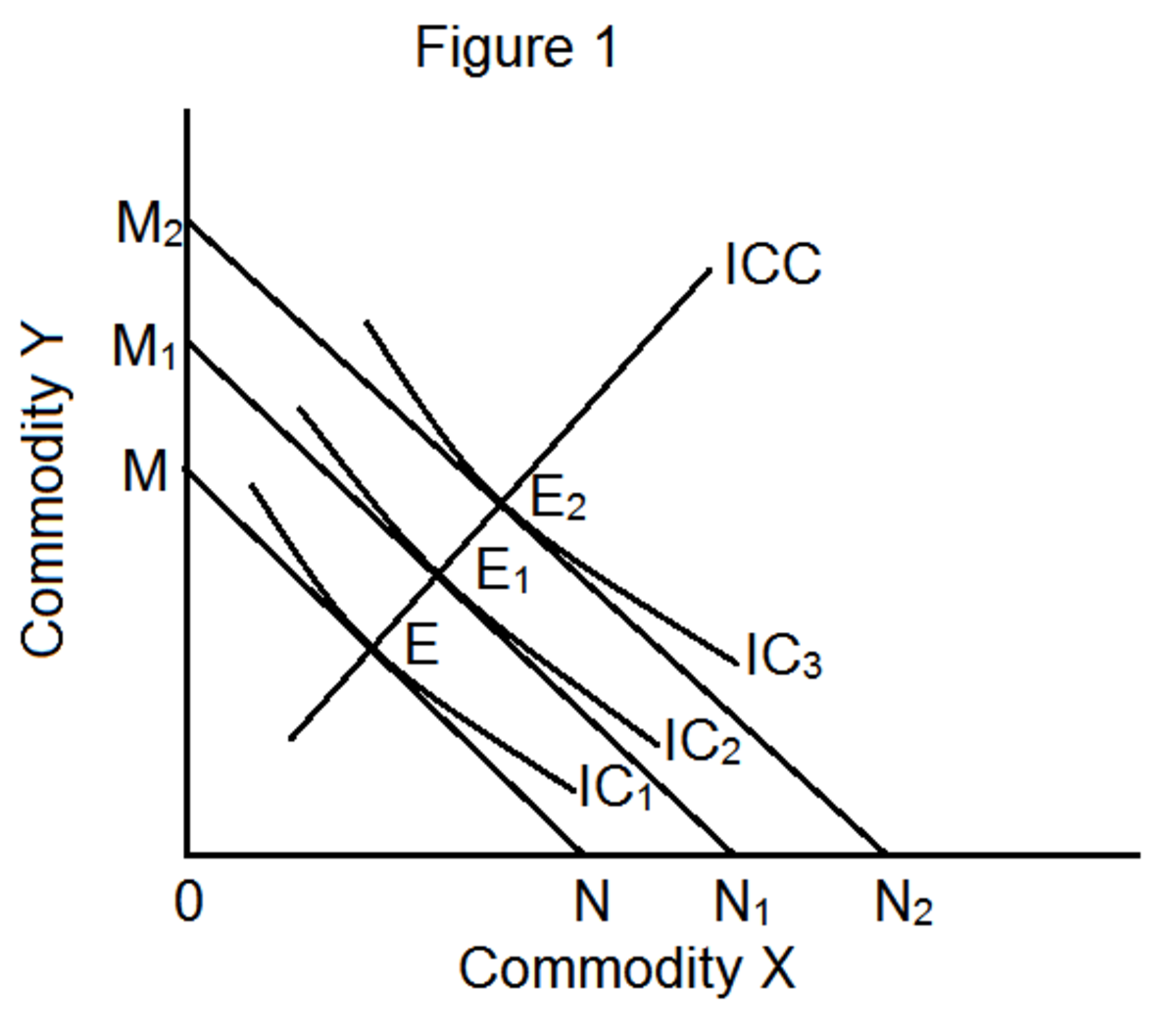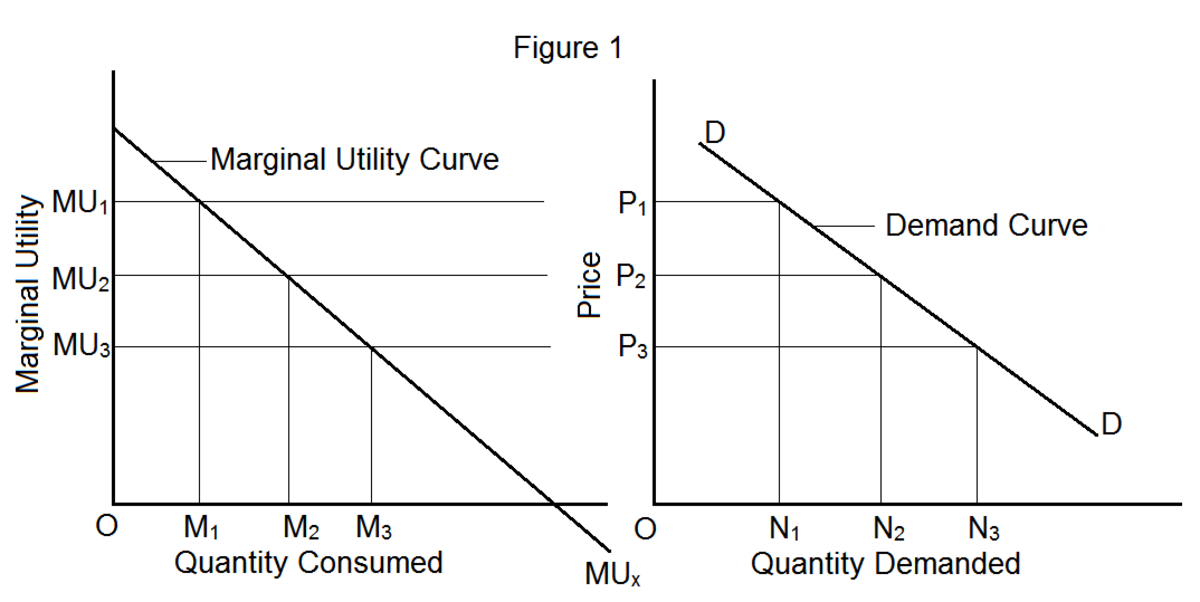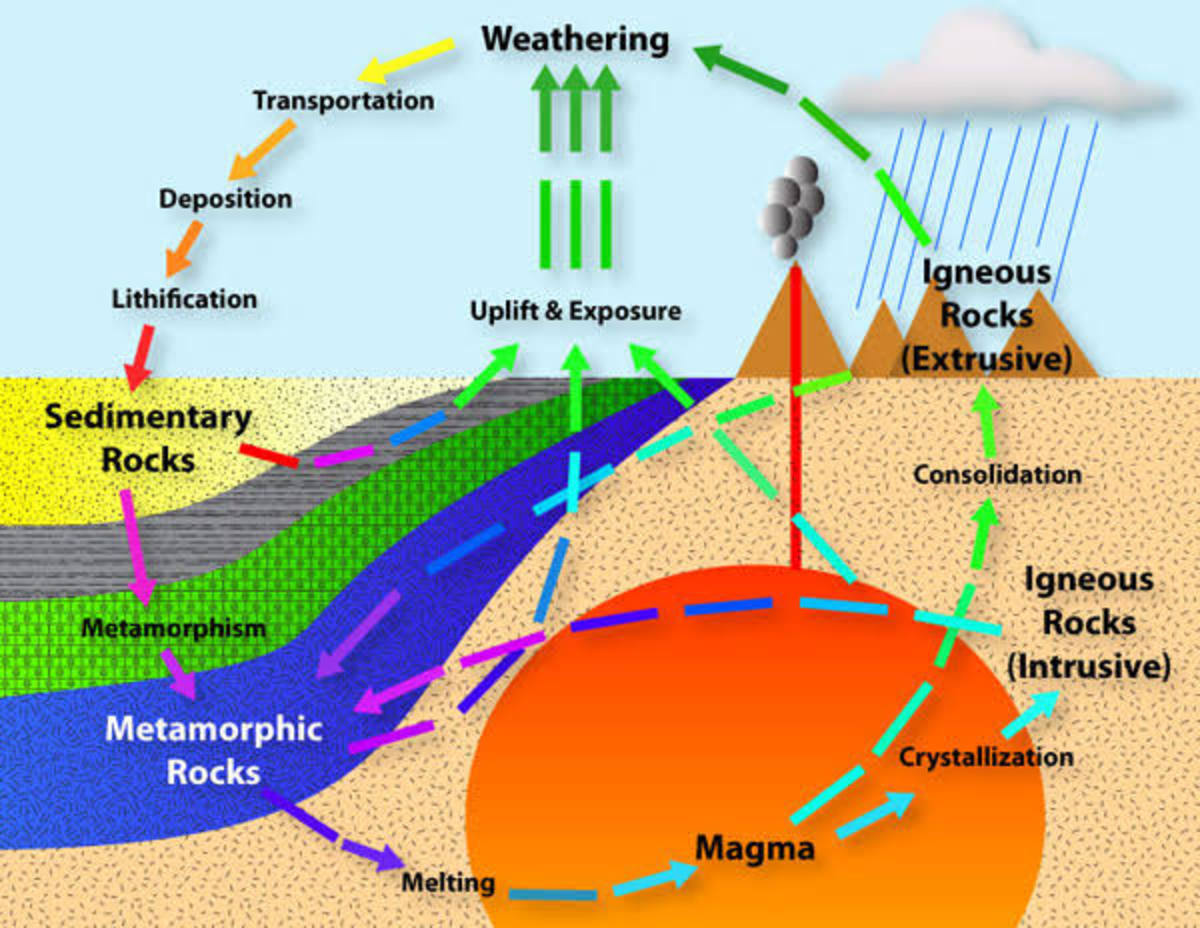THE MARGINAL UTILITY THEORY APPLIED TO MORE THAN A SINGLE COMMODOTY –THEORY OF CONSUMER BEHAVIOR
The theory of consumer behavior applied to a single commodity was explained in a previous hub (See Theory of Consumer Behavior: The Marginal Utility Theory Applied to a Single Commodity). In this hub, the same theory is applied to more than a single commodity. Practically, a consumer buys a basket of commodities and not just one as assumed earlier. Marginal Utility is the additional satisfaction the consumer derives from consuming one more unit of a commodity. Since price is the monetary value of marginal utility, the consumer considers how much marginal utility each pound, dollar, or whatever currency brings him or her when spent on a commodity. If the marginal utility per pound for one good is higher, the consumer buys more of that commodity. However, as the consumer buys more, the ratio of marginal utility to price i.e. the marginal utility per pound falls in line with other commodities.
The consumer is said to be in equilibrium if he allocates his expenditure among commodities in such a way that the marginal utility obtained from the expenditures of the last pound spent on a commodity is equal for all other commodities. This can be expressed mathematically as:
MUx ÷Px = MUy ÷py = … = MUz ÷ Pz = C where C is a common marginal utility per pound and Px, Py, and Pz are prices of commodities X, Y and Z respectively. MUx, MUy, and MUz are marginal utilities of commodities x, y, and z respectively. This means that there is a common ratio between the marginal utilities and prices of all goods and services, if the consumer is maximizing his satisfaction. The consumer is said to be in equilibrium when the above condition holds.
Any change in price distorts the equilibrium and the consumer reacts by changing the quantity he buys in order to restore the equilibrium. Considering a hypothetical case where there are two commodities, say commodities x and y, the consumer will be in equilibrium when:
MUx ÷Px = MUy ÷ py. If price of x rises, other things being equal, MUx ÷Px MUy ÷ py .
The consumer being rational would go in for more of commodity x since it pays a greater marginal utility per pound. However, as the consumer consumes more of x, the law of diminishing marginal utility comes into play and the marginal utility of x falls. Consuming more of commodity x implies the consumer has re-arranged his purchases in such a way that less of commodity Y is consumed. Purchasing less of Y, given the price of Y, but buying more of X, given the price of X, means the marginal utility per pound of commodity X will fall while that of commodity Y will rise. It will certainly get to a level of consumption where:
MUx ÷Px = MUy ÷ py. From the explanation above therefore, as price of commodity X increases, less of it is bought and vice versa, other things being equal. This means that the demand curve must slope downwards from left to right. Whether from the perspective of a single commodity or more than one commodity, the marginal utility theory still explains the inverse relationship between price and quantity demanded as stated by the law of demand.




